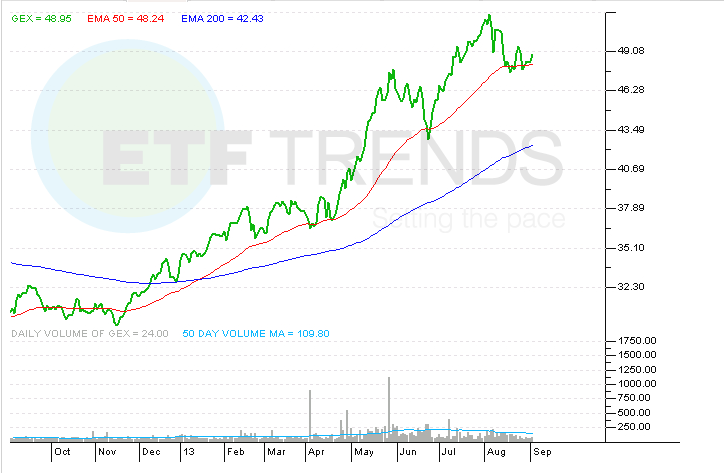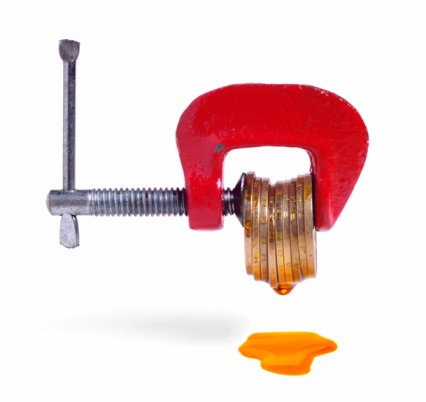Finding Liquidity in ThinlyTraded ETFs
Post on: 16 Март, 2015 No Comment

Advertisement
In The Way to Wealth. Benjamin Franklin wrote, The people heard it and approved the doctrine, and immediately practiced the contrary.
The same can be said in the world of ETF investing. The ETF industry has always stressed that the liquidity lies in the underlying securities. This is an absolute truth when purchasing ETFs in large blocks. It has been written about, talked about and widely accepted that the liquidity lies with the underlying securities and is not related to the funds average daily volume (ADV) or AUM.
Yet many advisors and pundits still use ADV and AUM as their litmus test for a funds liquidity.
So even absolute truths need to be proven; lets look at a recent real-world example about finding liquidity in a thinly-traded ETF.
Consider Arrow Funds Dow Jones Global Yield ETF (GYLD). Earlier this year, the ETF had an ADV of 20,000 shares per day and AUM under $50million. If you just look at those two statistical points without truly understanding the entire story of the ETF structure then you may not attempt to purchase this ETF in any meaningful way. By those measures, the ETF is not particularly liquid.
However, on Feb. 7, 2013, a single trade was executed for 259,500 shares. It was executed at the midpoint of the bid/ask spread and there was very little movement in the price of the ETF post trade. The client who purchased the shares trusted the ETF sponsor, the custodian bank and APs to put together the trade and was rewarded with a significant ownership in an ETF that yields on average 7.16%. Kudos to the buyer!
This is not an uncommon trade. There have been many before this one and there will be many more afterwards. (Full disclosure: I was the consultant on the launch of GYLD and thus this particular trade came to my attention.)
Ray Amani, the Head of Product Development for Arrow Funds, detailed the trade process in his ETF Trends article Why ETF Liquidity is More than Just Trading Volume . Knight Securities, the lead market maker for the ETF, was able to put together the trade and, according to Mr. Amani, even used some of their own capital to make it happen.

The unique structure of an ETF allows for the creation/redemption process to occur outside of the fund through APs, providing the fund with more access to capital in order to execute trades. There are multiple APs per ETF and the sponsors, along with the custodian banks, can call broker-dealers in order to place a trade. Most ETF sponsors have a dedicated team or individual whose role is based in the capital markets to perform this function.
The transition from the process of buying a Mutual Fund as compared to buying an ETF can be challenging. The common misunderstanding is that an ETF trades just exactly like a stock; thus the misuse of ADV as a measurement of liquidity. But the creation/redemption process of an ETF is one of the many factors that distinguish an ETF from a common stock.
And once the advantages of the ETF structure are fully understood then the trade process becomes less daunting and more collaborative. When you reach a decision on which ETF you want to invest in and your trade size is larger than the ADV of the ETF, the best course of action is to call the ETF sponsor and work together to place the trade. This is the lesson from the GYLD that Mr. Amani describes this process in detail in his article.
The ETF industry is greatly vested in the process of finding liquidity and their education materials are not just words. They actually practice what they preach and finding liquidity in thinly traded ETFs is not a myth.
But sometimes to believe in the process you need to see it work in the real world. The trade in GYLD is the perfect illustration. After all, Ben Franklin also said, A good example is the best Sermon.














